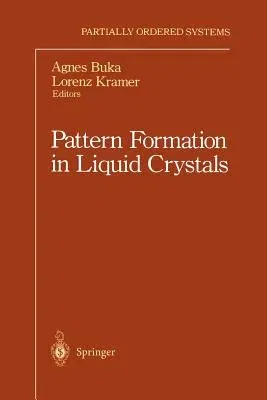Pattern Formation in Liquid Crystals (Softcover Reprint of the Original 1st 1996)Paperback - Softcover Reprint of the Original 1st 1996, 17 September 2011

Qty
1
Turbo
Ships in 2 - 3 days
In Stock
Free Delivery
Cash on Delivery
15 Days
Free Returns
Secure Checkout
Part of Series
Partially Ordered Systems
Print Length
340 pages
Language
English
Publisher
Springer
Date Published
17 Sep 2011
ISBN-10
1461284643
ISBN-13
9781461284642
Description
Product Details
Book Edition:
Softcover Reprint of the Original 1st 1996
Book Format:
Paperback
Country of Origin:
NL
Date Published:
17 September 2011
Dimensions:
23.39 x
15.6 x
1.88 cm
ISBN-10:
1461284643
ISBN-13:
9781461284642
Language:
English
Location:
New York, NY
Pages:
340
Publisher:
Series:
Weight:
498.95 gm

